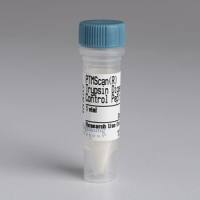Epstein-Barr virus (EBV) has been found in a plethora of lesions phenotypically as diverse as malignant lymphomas of B- and T-cell type, Hodgkin’s disease, infectious mononucleosis, carcinomas, neoplasms of follicular dendritic cells, and leiomyosarcomas. On the other hand, there are examples of cell types that were suspected to harbor EBV but were not found to be infected when applying appropriate methodology, examples comprising seminoma cells or macrophages in EBV-associated hemophagocytic syndrome. Confident assignment of EBV infection to a specific cell type may require the application of double-labeling techniques for the simultaneous detection of viral DNA or viral gene products on the one hand and cellular gene products on the other hand. Depending on the type of latency, EBV inflicts changes on infected cells such as morphological alterations as well as disturbances in the phenotypic make-up of the cell surface, in the cytokine expression profile, and in the signal transduction pathways. Because of the heterogeneous composition of many EBV-associated lesions, gene expression analysis of EBV-infected cells in tissue sections is, again, best achieved with double-abeling techniques. Moreover, simultaneous detection of EBV and immunoglobulin light-chain gene transcripts of kappa or lambda types, not only provides a phenotypic marker but also yields information as to the clonal composition of these cells by their display of an either monotypic or polytypic expression pattern.






